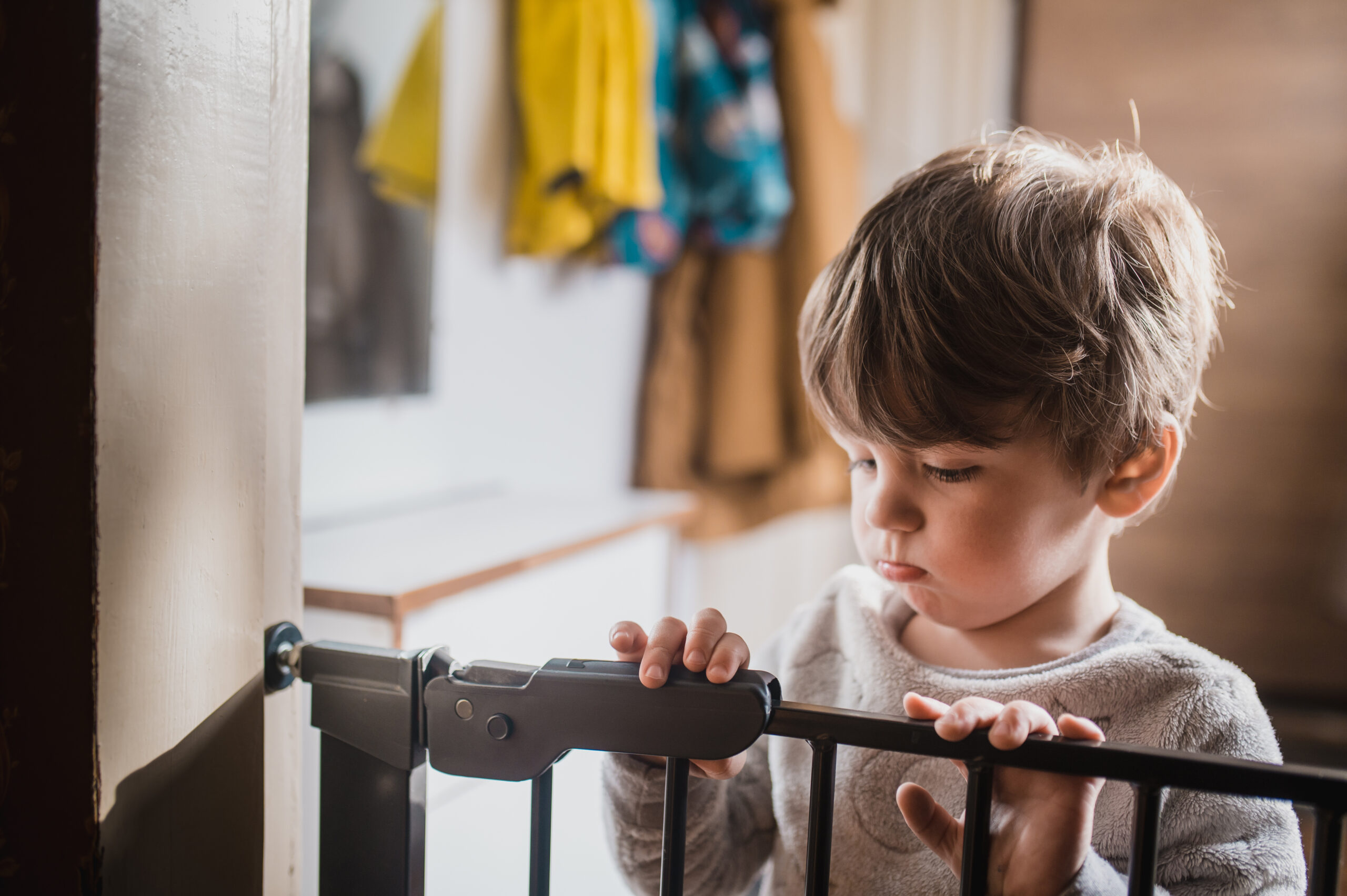I have a friend whose little boy is rambunctious and requires quite a bit of correction. Her days are a litany of “stop bouncing the ball in the house,” “please get your elbows off the table,” and “you have to finish your homework before you can go outside.” Some days, she feels like everything she says to him is negative.
Lots of moms can identify with this. And the concern that your child is hearing nothing but disapproval is a valid one. All kids need a parenting approach that appreciates The Balance between Correction and Praise. Sure, some kids make that easier than others. But sometimes it’s that rascally kid who requires the most correction who also hungers for affirmation and affection the most.
So often, the key to success is finding the right balance. Parenting is no exception. We must correct our children to help them leave bad behaviors and make habits of better ones. But these are children, after all, with emotions, a need for approval, and a host of things going on in their hearts and minds that force us to consider how and when we correct. One of the keys is to be equally consistent with praise for what your child does well. Consider how these ideas might help you find the sweet spot where your child grows best.
- Much research has been done on the effectiveness of praise in classroom settings. A 2005 study found that praise increased student motivation, accuracy, and task persistence. This held true across all populations: younger students, those with special needs, even college students. At home, praise is just as essential!
- Many of these educational studies determined that the best ratio of praise to correction was around 5 to 1. That’s right—five episodes of positive reinforcement for every one correction seemed to lead to the best behavioral result.
- Also of interest was the fact that the most effective praise was specific praise. Instead of simply saying to your child, “Good job,” try being clearer about what, particularly, made it good. “Your room looks so nice when you make the bed neatly and take time to get the covers straight. Good job!”
- There are two types of praise, and parents should try to give both regularly. Process praise acknowledges what your child has done through persistence, hard work, obedience, etc. Person praise celebrates who they are, focusing on their innate abilities and the fact that you value them just for being them.
- Avoid the “but.” Because we are also correctors, it’s tempting to praise your child in the first part of a sentence, and then tack on a correction with a “but…” Let your praises stand alone when possible, so that your child can enjoy and the benefit of it without a negative.
- Be genuine. Kids are remarkably perceptive and know when we’re just saying something out of obligation and when we really mean it. Be authentic in what you say to your children, whether it’s a praise or a correction, and they’ll take your words to heart.
- Be timely. A praise, or a positive reinforcement, is most effective when delivered shortly after the good behavior has occurred. Be prompt when celebrating your kids’ behavioral successes. Likewise, be timely in your corrections when needed.








